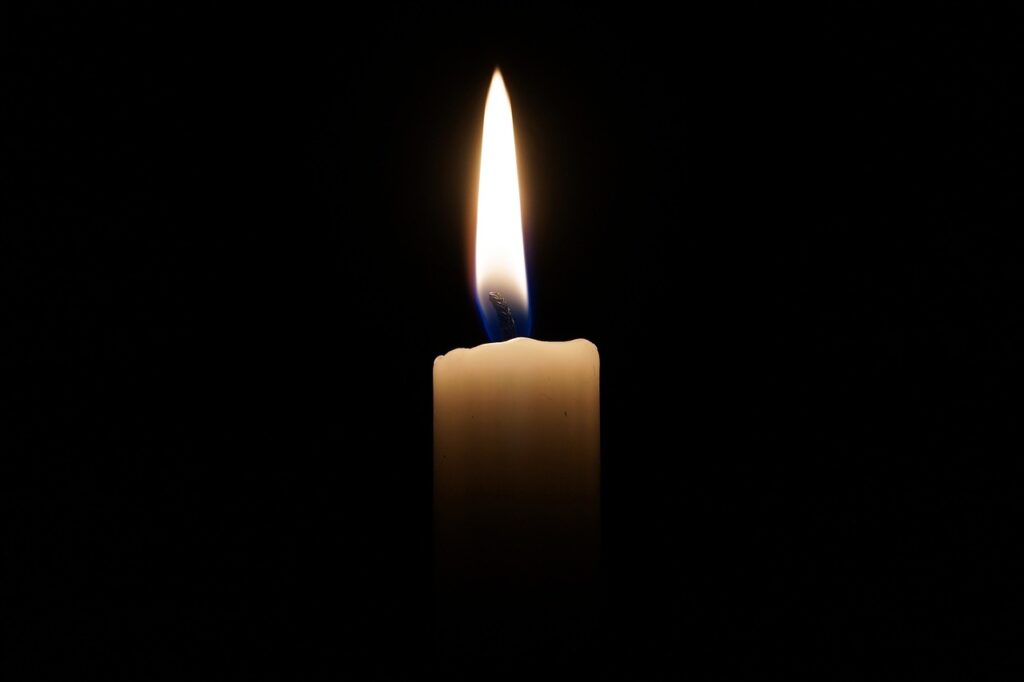UNITY
I am all for unity, but there is no bridge that can be built between truth and lies. Pseudoscience and religious superstitions grow only in caves of individual opinion. Comfortable illusions wither before the common light of day. The pursuit of truth is hard and often humiliating to our sectarian arrogance but we cannot communicate with those who are different unless we value our common reality more than our own opinions.
There is no bridge that can be built between justice and hierarchies of oppression. I will love my neighbor no matter what, but I will not purchase the friendship of any person at the expense of the basic rights of another. There is no bridge to be found between narcissistic nationalism and the common good of our human family. While I love my nation, I will love no group more than I love the whole. This is what it means to be an ethical person. Justice is a scale that measures every claim by an equal standard. There is no peace without justice, and justice cannot be dissected into national, political or sectarian boundaries.
I am all for unity, but true solidarity is based on universal principles that include everyone, not in political compromises that primarily serve those with power and wealth. There is no unity to be found among those who will not rise above their own partisan opinions and ask, “what is true and good for us all?”
